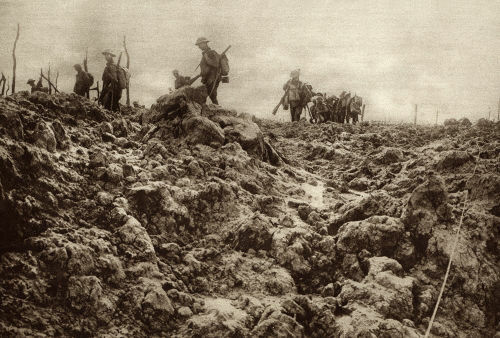O circulatory shock it is a clinical syndrome characterized by the deficiency of the circulatory system in carrying oxygen to the tissues, causing cellular hypoxia. Cellular hypoxia causes cell death and consequent tissue death. When there is tissue death, there is organ death.
There are three types of shock: hypovolemic shock, septic shock and cardiogenic shock.
At the hypovolemic shock there is a decrease in the amount of circulating blood due to external or internal hemorrhage, burns, dehydration, peritonitis, gastroenteritis, obstruction and intestinal torsion. It is the most frequent type of shock.
At the septic shock bacteria multiply in the blood, causing blood pressure to drop despite the adequate amount of blood. It is caused by severe bacterial infections and anaphylaxis.
At the cardiogenic shock there is a decrease in cardiac function, with consequent difficulty in maintaining blood pressure. It is caused by arrhythmias, myocardial infarction, myocarditis and pulmonary embolism.
Circulatory shock is a serious condition that does not present specific symptoms, being felt by the patient as anxiety or tachycardia. As the picture progresses, the patient has paleness, lips and eyes with no sign of blood. If treatment is not started, shock can bring blood pressure to zero, with heart rate around 180 beats per minute. When it reaches deep circulatory shock, the patient is cold, unconscious and with signs that he is on the verge of death. Lack of tissue oxygenation causes damage to various organs, especially the brain, kidneys, heart and gastrointestinal system. Patients who recover from circulatory shocks have dysfunctions or irreversible damage to these organs, requiring hemodialysis and mechanical ventilation.
The diagnosis of circulatory shock is usually made by squeezing the toes until they turn white. If blood does not return within 3 seconds, circulatory shock is a likely diagnosis.
For the treatment of circulatory shock, a doctor may prescribe fluid replacement and medication to raise blood pressure. In cases of septic shock, treatment is with antibiotics.
Paula Louredo
Graduated in Biology
Source: Brazil School - https://brasilescola.uol.com.br/biologia/choque-circulatorio.htm

